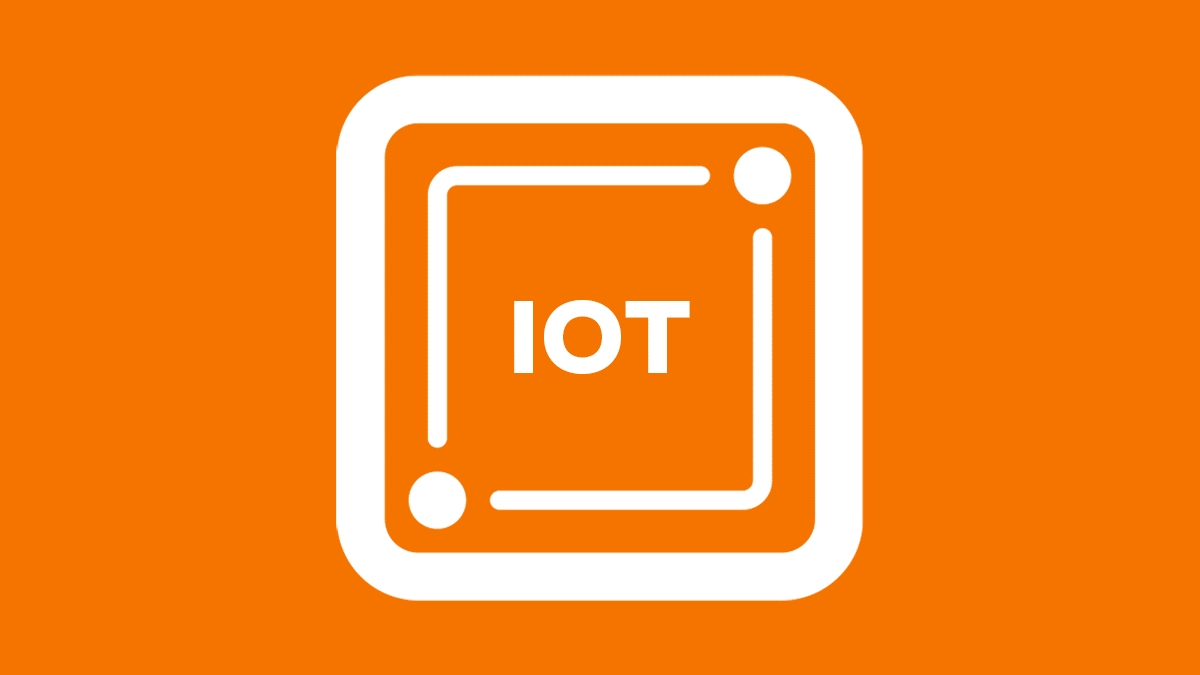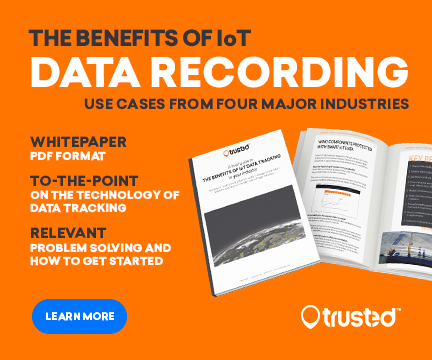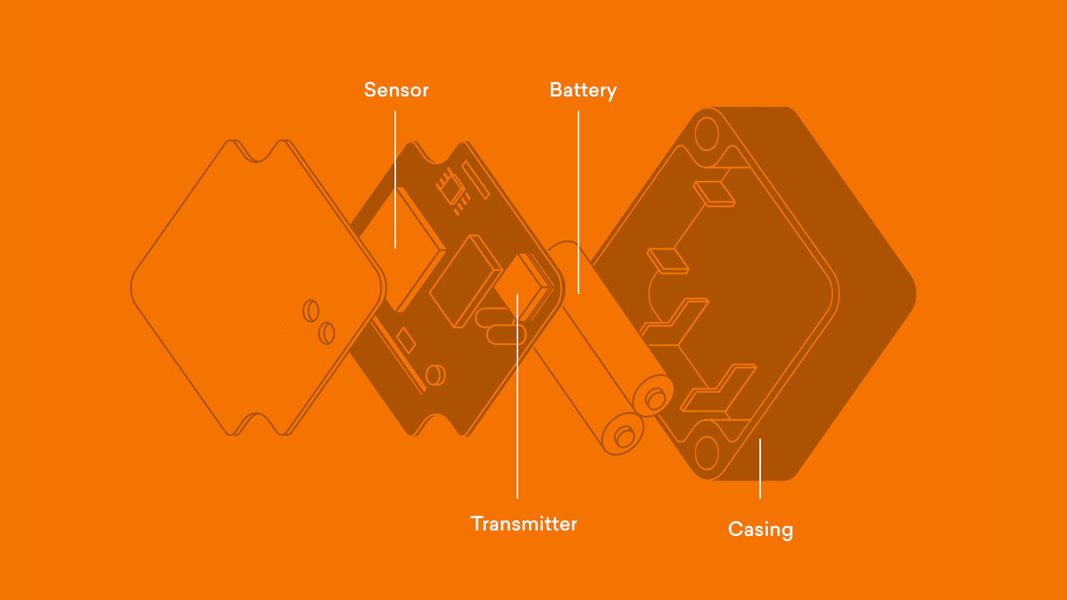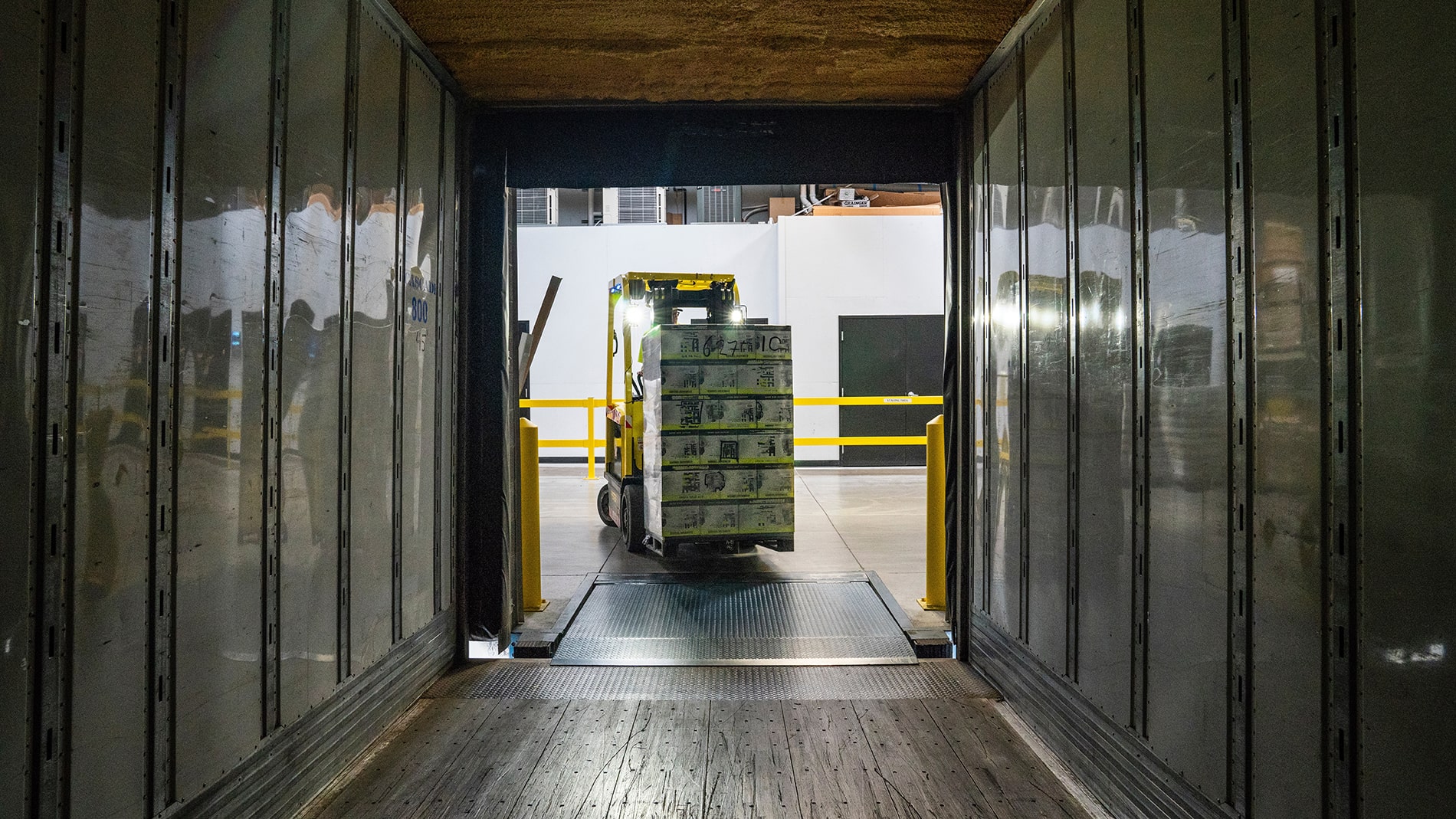The Internet of Things is a technology with the potential to transform whole industries by providing businesses with insights previously unavailable to them.
The new technology has made it possible to connect any machine, asset or item to the internet and wirelessly transfer data in spite of great distances.
IoT – the technology that changes industries
You might recognize the possibilities of IoT from how some of your home appliances are connected to the internet to make your everyday life easier.
IoT takes this way of thinking outside your local network and into the sphere of the workplace regardless of location. Thinking about how to implement IoT then quickly turns out to be a profitable exercise.
In the case of the data loggers, IoT enables you to view and analyze data that comes directly from a device mounted to your asset, from your office or from home, on intelligent, cross-platform software solutions.
In this software, you can analyze information that has never been available to you before. With this data, you will be able to gain insights you can turn into operational efficiency, improvements and substantial cost savings. It’s up to you.
The network technologies that power IoT data loggers
An IoT data logger, also often referred to as an IoT tracking device, connects to wireless data networks just like a mobile phone when transmitting data.
Different IoT data loggers support different wireless data networks, from high-speed LTE mobile networks to older GSM networks. Bluetooth and Wi-Fi are also available in some data loggers.
While a high-speed network will come with benefits such as less power consumption for battery-powered IoT data loggers, the main priority should always be to guarantee network coverage. This is especially recommended if data loggers are mounted on movable assets.
As new network technology is often most widespread in densely populated areas, we recommend choosing IoT data loggers that contain more than one network technology. However, the exact choice of network should always be determined by the geographical location of where the data logger will be installed and used or where it will travel.
The most widespread network technologies used in IoT data loggers are 2G, 3G and LTE (LTE-M and NB-IoT). We will look into the various mobile networks next.
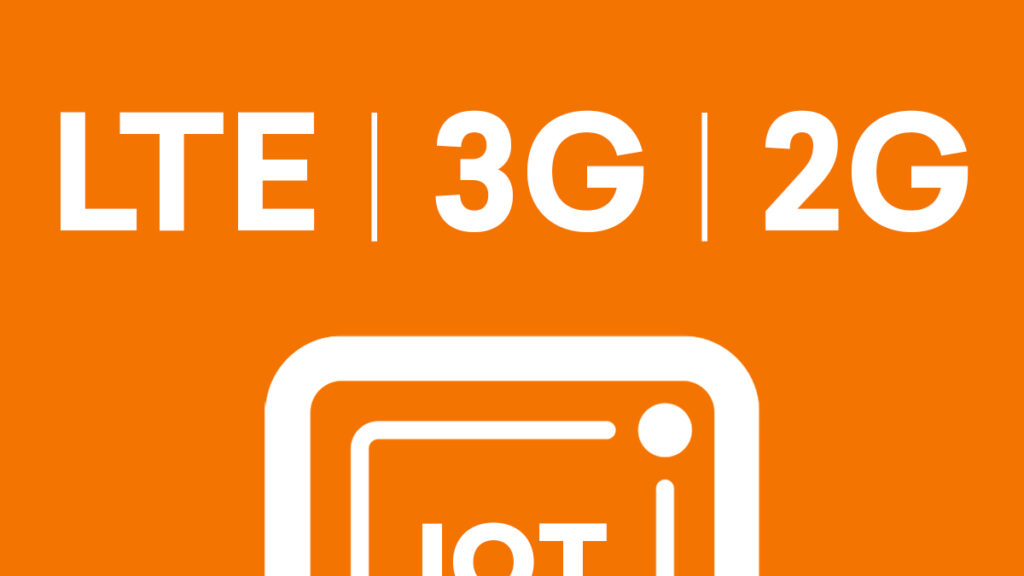
2G
2G is a GSM cellular network that enables transmissions of voice and data from device to device or from a device to a server. An IoT data logger can use the 2G data network to send its data to a server. The technologies used are either GPRS or EDGE.
Through the 2G network, a data logger can also acquire a triangulated position based on the location of the cell towers that it is connected to.
2G is the most widespread technology of the data networks described in this chapter, however, in some countries 2G networks are currently being phased out due to technology changes. LTE will replace the 2G networks.
3G
3G cellular networks saw a major rollout in the early 2000s, upgrading data speeds compared to the 2G networks.
As 3G operates at a higher frequency, more cell towers were set up during the rollout. This offers better accuracy when the position of your data logger is based on cell tower triangulation.
As mentioned, the big upgrade from 2G to 3G is the speed of the data networks which are built on HSPA technology. For data loggers this means quicker transmissions of data which results in longer battery-life expectancy.
3G networks are also being phased out in certain countries with LTE as the future-proof successor.
LTE (LTE-M and NB-IoT)
LTE (Long Term Evolution) is the underlying technology for the networks that we know better as 4G. It is an increasingly widespread network aimed to service the increase in mobile data usage. It is designed especially for transferring data at a very high speed.
IoT data loggers will typically support at least one of the two different LTE standards: LTE-M and NB-IoT. Without going into a detailed technical explanation, the NB-IoT standard is the most widespread, but it primarily focuses on supporting stationary IoT devices.
The LTE-M standard supports IoT data loggers that move around. While less widespread than NB-IoT, it is still widely implemented in most of Western Europe, all of North America, Australia and New Zealand along with large parts of South America, among others.
While LTE networks have been around for a while, they are not universally implemented around the globe. We therefore again recommend ensuring that your data logger has a fallback option to maintain data coverage as it travels around.
Iridium satellite network
The Iridium™ satellite system is the only network that supports true global data network coverage.
IoT data loggers with Iridium connectivity communicate through a network of 55 satellites instead of relying on network coverage from physical cell towers. This opens up the possibility of frequent data transmissions even where regular cellular data network connection is impossible.
For most users, it will not be a problem that a data logger moves out of data network coverage as long as data is stored and transmitted to the server when network coverage is reestablished. But for operations where frequent transmissions are absolutely essential, Iridium is the right choice.
Iridium data loggers are specially developed for ocean expeditions and for large logistics operations where frequent data transmissions are mission-critical.
The Internet of Things is becoming more widespread and now fuels digitalization in many industries not normally associated with data.
IoT tracking devices can be attached to non-powered assets so users can monitor these items online.
The data networks that power the data connection are available worldwide and across the globe.
